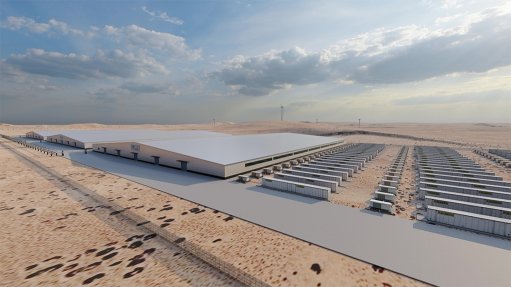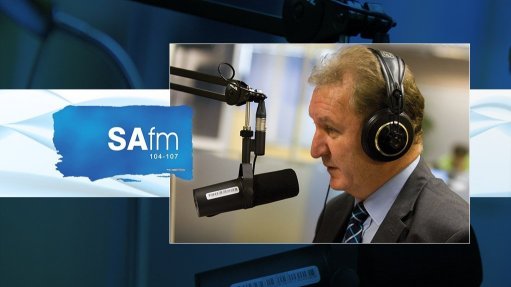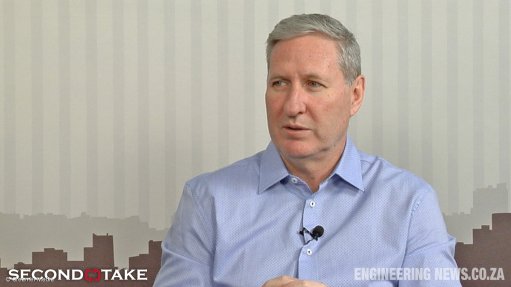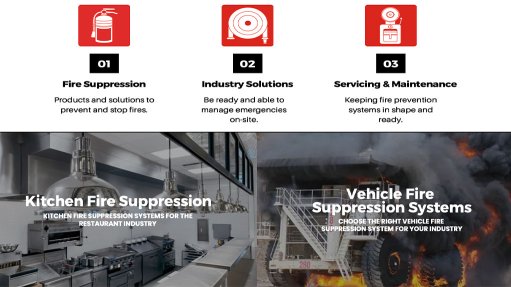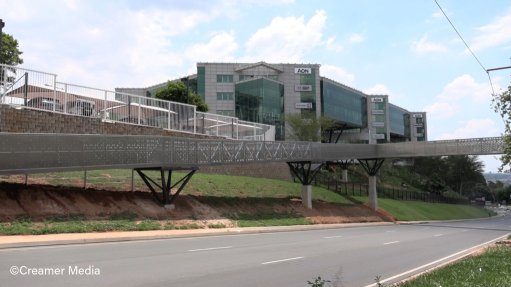Rate Cutting - The Paradigm
This article has been supplied.
We are nearing the end of another year in the insurance industry - a time to reflect on both achievements and the inevitable setbacks. While some outcomes may not have gone as planned, every challenge offers valuable lessons for the future.
Short-term insurance is not price-driven, but risk-driven. The price should be calculated in accordance with the nature and quality of the risk. Yet, too often, underwriters enter the market with attractive premium offers simply to gain business.
The insurance industry is highly competitive, and during slower trading cycles some insurers reduce premiums to maintain or grow market share. While price, service, and claims-paying ability remain key competitive factors, contract works insurance differs fundamentally from traditional classes such as motor insurance.
Motor insurance protects a completed, predictable asset. Contract works insurance, however, covers a project still under construction, where conditions, materials, and exposures can change daily. Because the risk evolves as work progresses, the rating process becomes far more complex. Factors such as contract value, scope of work, duration, liability exposure, and policy extensions all play a critical role in determining the final premium.
Like any other business, insurance companies and their reinsurers operate to generate profit, while insurance remains a highly competitive industry. Premiums are typically expressed as a rate, calculated as a percentage of the sum insured, determined through experience and adjusted for the specific nature of each risk.
Elements of the Rate
The rate, which forms the foundation of the premium, must cover several key components:
- Nature of the risk
- Commission payable
- Reinsurance
- Administration costs
- Reserves and profit
Nature of the Risk
Whilst risks are often categorised into groups, each remains individual and should be treated as such. The individuality of a risk is even more pronounced in practice. Through experience, underwriters identify elements common to particular types of risk, and years of underwriting statistics enable them to calculate rates that yield profit despite unforeseen events.
In contract works, for example, while a project may be categorised as “road”, it remains a new road project with its own peculiarities regarding situation, size, nature, and other contributing elements - all influencing the overall risk profile. Some types of work are more prone to seasonal damage, such as that caused by storms or temperature extremes. Technology assists underwriters through improved weather forecasting to anticipate wetter or drier seasons, but such predictions can never be guaranteed.
The size of the contract is another critical factor. Large civil works are often exposed to the elements for longer periods, and remain largely unprotected. Likewise, major building projects involving deep excavations in built-up areas demand particularly careful underwriting.
Commission
Although only the maximum percentage of commission is regulated, it remains standard practice to pay the maximum, currently 20%, on all the engineering insurance classes, excluding SASRIA. Consequently, the net rate, after commission, represents only 80% of the premium available to fund the insurer’s business.
Reinsurance
Virtually every insurer has prearranged reinsurance agreements to assist with the acceptance of risks that exceed their net retention. The proportion of the premium ceded to reinsurers varies from risk to risk, but a significant portion is typically allocated to this purpose.
Administration Costs
Like any business, insurers require a supporting infrastructure to operate effectively as an entity. Staff, premises, systems, and all other overheads - including the administration of claims – all form part of this structure. A portion of the earned premium income is therefore allocated to cover these operational costs.
Reserves and Profit
Every insurer aims to make a profit but must also build reserves to meet prescribed regulatory and compliance solvency margins. If an insurer’s solvency margin falls below the minimum required level, the Financial Services Conduct Authority (FSCA) may intervene and impose strict monitoring measures on the company’s performance . At this stage, warning signs emerge before an insurer risks being placed under curatorship or provisional liquidation.
Market Cycles and Rate Cutting
The short-term insurance industry experiences periodic cycles of “hardening” or “softening” trading conditions. A softer cycle typically signals a reduction in rates and intensified competition among insurers. Conversely, a hardening cycle creates a more stringent environment for underwriting and risk acceptance.
A soft market cycle often leads to “rate cutting”, whether driven by a new entrant to a specific market or by an established underwriter seeking to grow premium income. In either case, a ripple effect spreads through the market, disrupting both insurers’ and intermediaries’ portfolios. The knock-on effect compels markets to protect their existing policies and their clients, while new entrants may temporarily benefit by undercutting competitors to gain a foothold or market share.
In addition, negative outcomes arise when the book of business shifts from profit to loss. Claims loss ratios serve as indicators of performance, but the real challenge begins when an insurer must take remedial action to reverse an unprofitable account. This process is extremely difficult and can take at least 12 to 18 months for recovery. Failure to do so places the insurer’s solvency margin under scrutiny, which can have a devastating impact on its future stability.
The moral of the story is that underwriting should demonstrate quality, not quantity.
Consort has proudly celebrated 26 years of successful underwriting performance. We pride ourselves on the quality of our products and the excellence of our service, continuing to set the standard for reliability within the industry.
Consort Technical Underwriting Managers
Article Enquiry
Email Article
Save Article
Feedback
To advertise email advertising@creamermedia.co.za or click here
Comments
Press Office
Announcements
What's On
Subscribe to improve your user experience...
Option 1 (equivalent of R125 a month):
Receive a weekly copy of Creamer Media's Engineering News & Mining Weekly magazine
(print copy for those in South Africa and e-magazine for those outside of South Africa)
Receive daily email newsletters
Access to full search results
Access archive of magazine back copies
Access to Projects in Progress
Access to ONE Research Report of your choice in PDF format
Option 2 (equivalent of R375 a month):
All benefits from Option 1
PLUS
Access to Creamer Media's Research Channel Africa for ALL Research Reports, in PDF format, on various industrial and mining sectors
including Electricity; Water; Energy Transition; Hydrogen; Roads, Rail and Ports; Coal; Gold; Platinum; Battery Metals; etc.
Already a subscriber?
Forgotten your password?
Receive weekly copy of Creamer Media's Engineering News & Mining Weekly magazine (print copy for those in South Africa and e-magazine for those outside of South Africa)
➕
Recieve daily email newsletters
➕
Access to full search results
➕
Access archive of magazine back copies
➕
Access to Projects in Progress
➕
Access to ONE Research Report of your choice in PDF format
RESEARCH CHANNEL AFRICA
R4500 (equivalent of R375 a month)
SUBSCRIBEAll benefits from Option 1
➕
Access to Creamer Media's Research Channel Africa for ALL Research Reports on various industrial and mining sectors, in PDF format, including on:
Electricity
➕
Water
➕
Energy Transition
➕
Hydrogen
➕
Roads, Rail and Ports
➕
Coal
➕
Gold
➕
Platinum
➕
Battery Metals
➕
etc.
Receive all benefits from Option 1 or Option 2 delivered to numerous people at your company
➕
Multiple User names and Passwords for simultaneous log-ins
➕
Intranet integration access to all in your organisation









